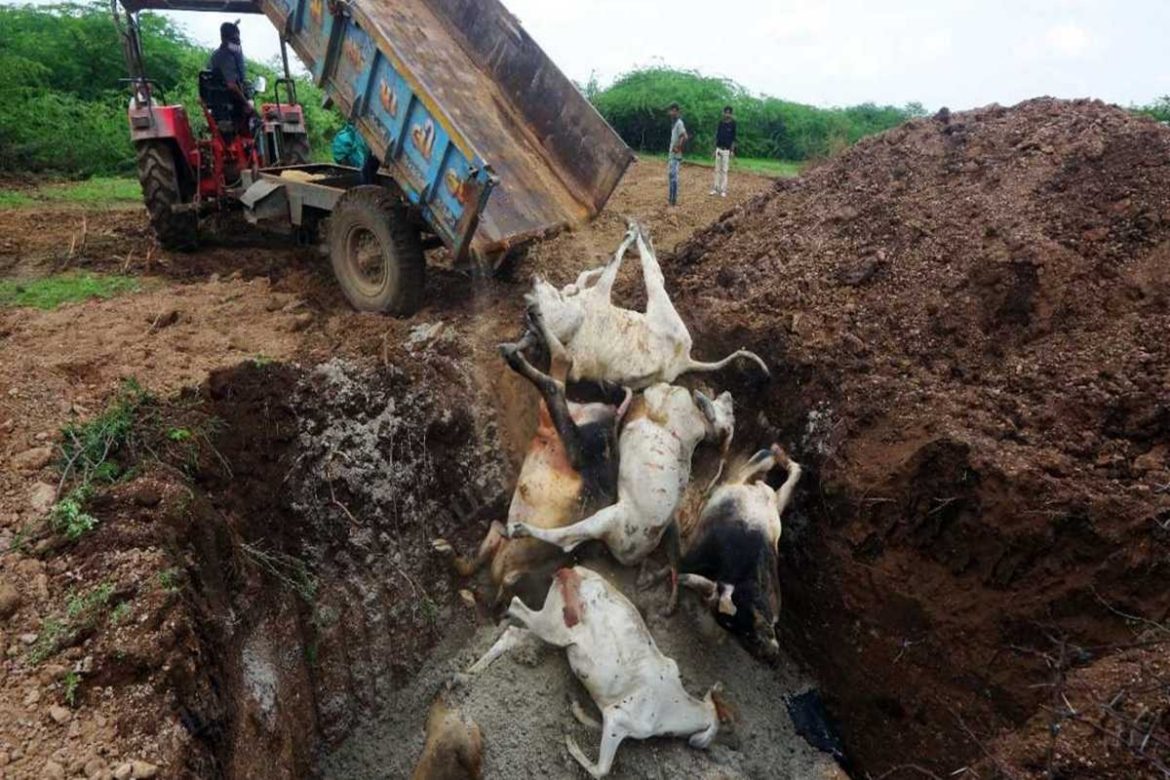Lumpy skin disease, a viral infection that affects cows and buffaloes, has claimed the lives of an estimated 67,000 cattle since July this year, upended the livelihoods of thousands of families, and cast a pall on entire villages where sights of carcasses rotting on the streets, mass graves, and the bellows of suffering animals have become common.
There have been outbreaks before, starting in 2019 when the “transboundary” disease was first reported in India, but none have been quite as devastating as this one.
The lumpy skin disease virus (LSDV) — which belongs to the same family of poxviruses that cause monkeypox — cannot infect human beings, but has wreaked havoc in Gujarat, Rajasthan and Punjab, and also affected pockets of Haryana, Himachal Pradesh, and other states.
Given that India is the largest producer of milk in the world, the spread of LSDV across the cattle population has seriously impacted the agrarian economy as well as the livelihoods of dairy farmers due to lowered milk production and trade restrictions.

It is also time-consuming and difficult to tend to the affected cattle. The clinical symptoms include nasal discharge, followed by high fever and a sharp drop in milk yield. Animals then develop lumps of 10-50 mm on their skin and swollen feet. Painful ulcerative lesions in the eyes, which could lead to blindness, and pox lesions on internal organs are also characteristic of the disease.
Earlier, the World Organisation for Animal Health (WOAH) had pegged the mortality rate at 1 to 5 per cent, but this year’s outbreak in India has been more lethal. It is believed the mortality rate could be as high as 15 per cent.
So, what changed?
A new variant of the virus, the effects of climate change, excess rainfall leading to an increase in vectors such as mosquitoes that spread the infection, and certain dairy farming practises that make cattle more vulnerable have all conspired to create a perfect storm, according to experts.



